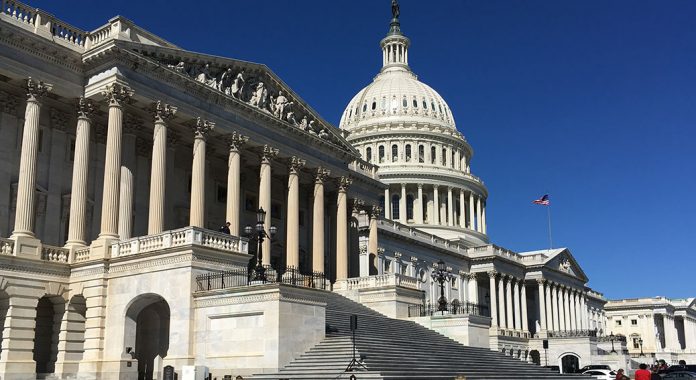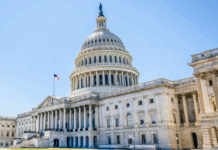
House Speaker Paul Ryan said Thursday morning that President Donald Trump will not sign the stopgap funding bill the Senate passed earlier this week. The House passed their own funding bill which included $5 billion for the border wall as well as $8 billion for disaster relief. This move dramatically increases the risk of a partial government shutdown Friday night at midnight. “The president informed us he will not sign the bill that came from the Senate last evening because of his legitimate concerns for border security,” Ryan told reporters after meeting with Trump at the White House. “So what we’re going to do is go back to the House and work with our members.”
What does a partial government shutdown mean? Saturday 12:01 a.m. part of the Government will shut down if the House, Senate and the President don’t come together to pass a funding bill. The partial shutdown will impact, the Department of Homeland Security, the Justice Department, the State Department, the Interior Department, the Department of Agriculture and the Department of Housing and Urban Development to name a few. Normal protocol in these situations has the Office of Management and Budget issuing guidance to each agency to develop its own shutdown plan. In a shutdown like this, the federal agencies must determine what is essential service and what is non-essential. The non-essential services must stop effective Midnight Friday. The approximately 420,000 Federal Government employees that are non-essential are furloughed and are not paid until a new funding package has been signed into law.
It is important to note some appropriations bills have already passed and have been signed into law which means some agencies have been funded thru September 2019. Those agencies include:Department of Defense, Department of Labor, Department of Health & Human Services, Department of Education along with the continuing appropriations for all other agencies.
Essential services for the Federal Government are considered:
- The U.S. Postal Service would still operate, and mail would be delivered as usual.
- Transportation Security Administration (TSA) agents would still work, and air travel would continue virtually unaffected. Holiday travel could continue as planned.
- Social Security checks would be mailed as planned. Social Security doesn’t fall under one of the affected departments, but even if it did, those checks would be unaffected.
- Medicare and Medicaid coverage would continue unaffected.
- Special counsel Robert Mueller’s investigation would go on unimpeded.
- Customs and Border Patrol agents and U.S. troops deployed to the border would still work as usual, however they wouldn’t get paid at the time.
The government services that could close or see major effects:
- The National Parks Service may or may not close its parks. They did in 2013, but it’s unclear what would happen this time around.
- U.S. Department of Agriculture would close down state and local farm service centers across the country.
- Federal Housing Administration would see slowdowns in loan processing and approvals, and new loan applications may be halted altogether.
. Government employees affected include:
- More than 41,000 law enforcement and correctional officers.
- Roughly 86% of the Department of Commerce staff
- Approximately 96% of the NASA employees
- Up to 5,000 Forest Service firefighters
- About 52,000 IRS workers
Only time will tell if the Federal Government will avoid a partial shutdown. Senators had already gone home for the Holidays, so they are on their way back to Washington, DC for votes late Friday afternoon or evening. It doesn’t appear the Senate will pass the House spending bill and President Trump has stated over and over again that he will not sign a federal spending bill that doesn’t include money for the border wall.






